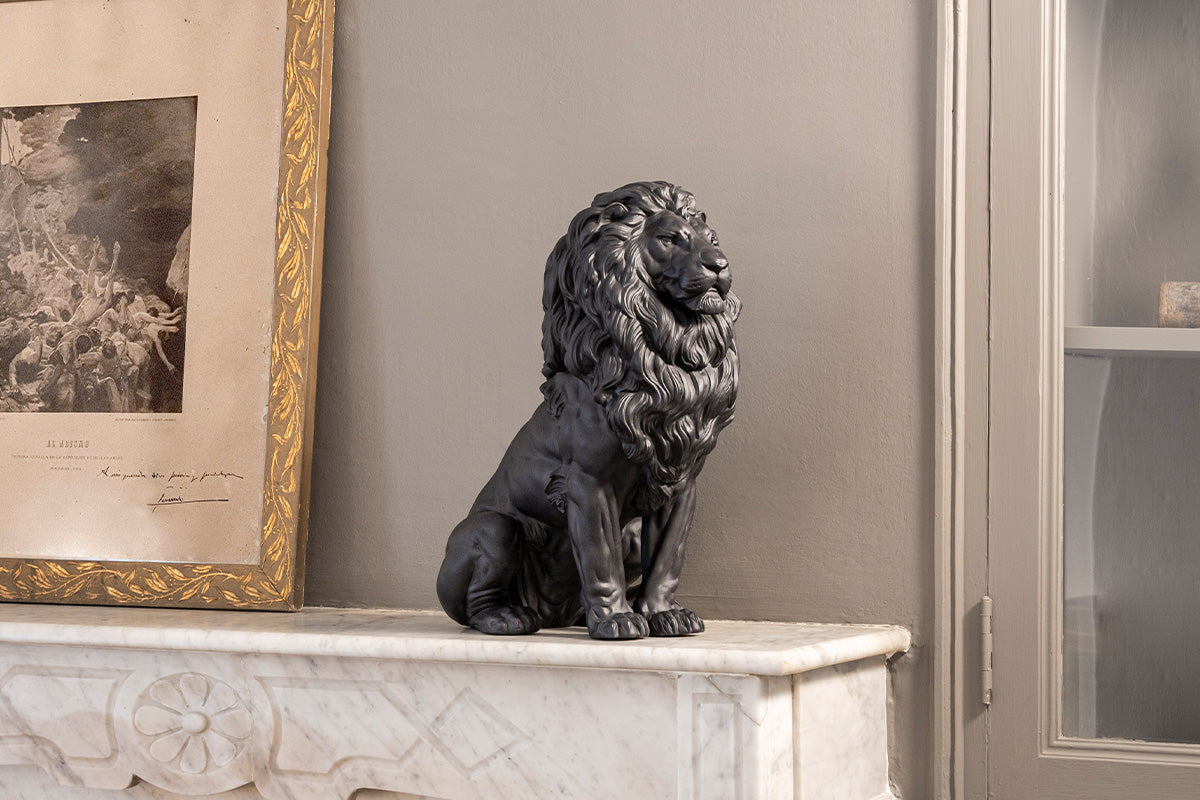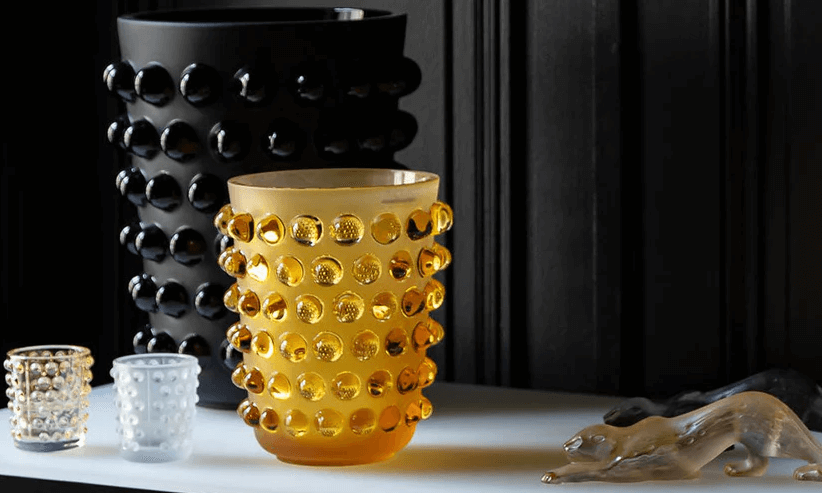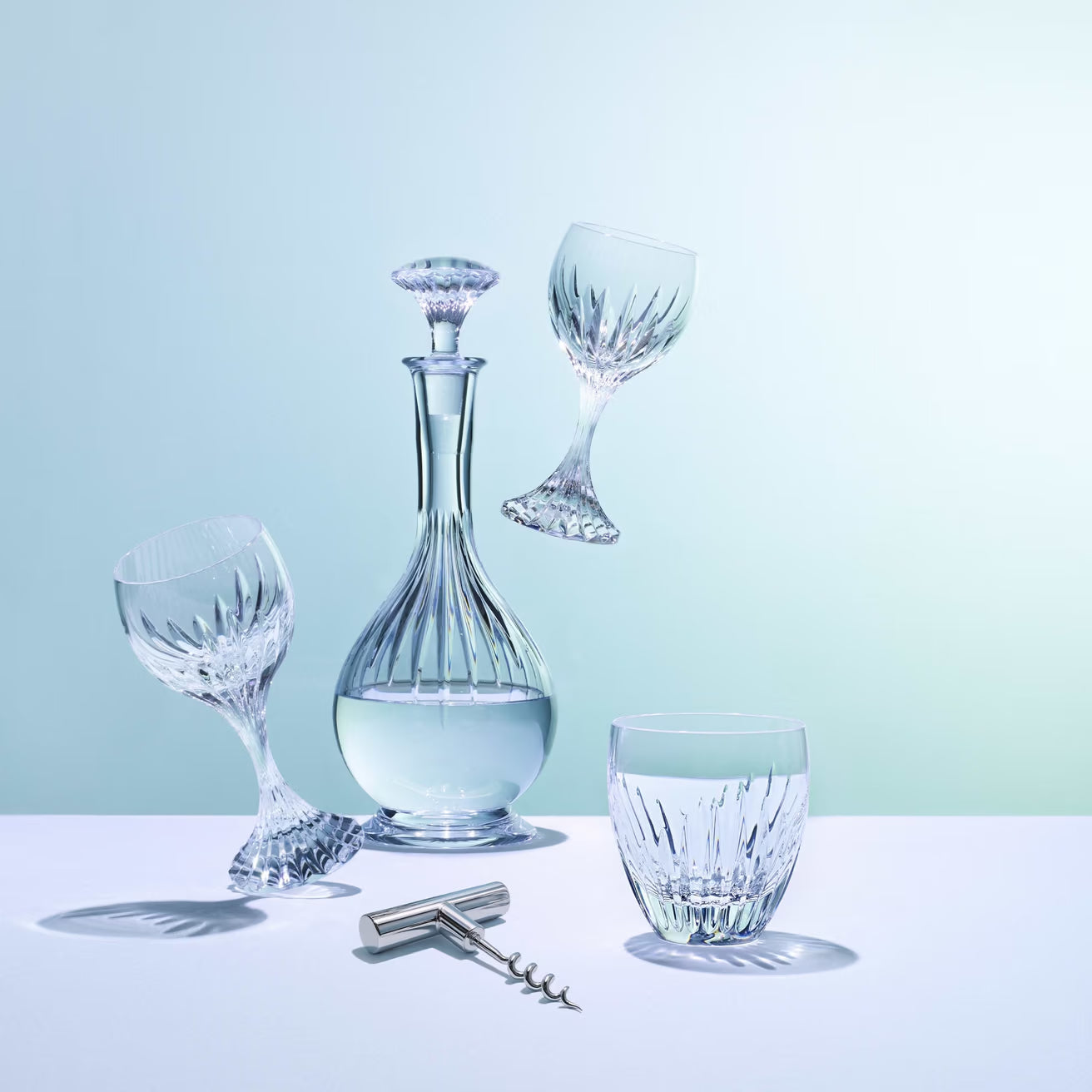Why is Gifting Porcelain So Significant?
Tagged with:Gift Guide
Share

Chinese Emporers, US Presidents, happy couples, and even the Queen of England — people have been gifting porcelain to each other for what seems like an eternity. But what is it exactly that makes porcelain such a significant gift?
We all know that porcelain is a beautiful material - strong yet delicate, and able to be crafted into the finest table wares and sculptures. But its significance as a gift comes more from the rich symbolic meaning and strong connotations of luxury and exclusiveness that have become attached to the material, which have their origins in porcelain’s birthplace, China.
Porcelain was first created in China during the Eastern Han Dynasty, and during the early Song Dynasty, Emporer Zhenzong declared the city of Jingdezhen to be the official centre of Chinese imperial porcelain production. Although the use of porcelain tableware was commonplace in China by this time, the finest Jingdezhen porcelain was reserved to make decorative and religious items for the Emporer and higher classes. It was also often traded through the Silk Road trading routes to Middle Eastern countries, where it was highly valued by Arabic royalty and early Islamic religious leaders.
Porcelain tableware, like this Seasons of the Year Teacup Set, was among the first creations made from porcelain when the material was discovered.
When explorer Marco Polo arrived in China in the fourteenth century, he was amazed by the artistry and durability of porcelain, far beyond that of any ceramic made elsewhere at that time. Of course, when he returned to Europe, he took porcelain pieces with him, and their association with Chinese and Arabic royalty gave them a sense of exotic luxury. Unable to recreate the delicate material themselves, Europeans resorted to importing custom pieces from China, but this was a difficult and expensive undertaking that meant only the very wealthy could afford porcelain. This exclusivity lead to porcelain gifts becoming a symbol of class and wealth that was inaccessible to the everyday person, and it was particularly prized by aristocracy and royalty. In a craze King Augustus the Strong of Germany dubbed ‘porcelain sickness’, Europe’s aristocracy wanted porcelain on an unprecedented level. In fact, it is believed that by his death in the early 1700s, King Augustus himself owned over thirty-five thousand porcelain pieces.
“Are you not aware that the same is true for oranges as for porcelain, that once one has the sickness of one or the other, one can never get enough of the things and wishes to have more and more.”
— Augustus the Strong
Of course, this association with royalty and aristocracy led porcelain to be used as a political symbol as well. It has often been gifted between royal families and political leaders as a sign of respect and mutual understanding, as well as a show of wealth. Famous examples include the porcelain dinner sets gifted to Queen Elizabeth II and Prince Phillip on behalf of the Brigade of Guards and the people of France and China in honour of the royal couple’s marriage, as well as the porcelain sculpture of two swans that US President Nixon famously gifted to Chairman Mao Tse-Tung during a historic visit to China in 1972, during the Cold War. These exchanges have firmly cemented the gifting of porcelain as a significant exchange full of symbolic meaning and connotations.
Lladró’s Happy Anniversary couple figurine makes a perfect porcelain gift for an 18th Anniversary.
Of course, most people are not going to be delivering gifts to important political figures, so the most common time you will probably see porcelain being gifted is on a couple’s 18th wedding anniversary. For many couples, traditional anniversary gifting rules dictate that porcelain is the gift of choice for the 18th anniversary. Porcelain is durable, meaning that many people associate it with a long-lasting and happy marriage. It also goes through immense pressure while being fired in the kiln at high temperatures, yet it comes out stronger and even more beautiful than when it went in. Like porcelain, a successful couple will make it through the hard times in life, becoming even stronger in their love for each other.
Read more about how porcelain is fired in the kiln and what makes Lladró different.
All of these rich symbolic meanings attached to porcelain are what makes it so significant to gift to the important people in our lives. Author Edmund de Waal once said, “Porcelain contains everything: power, beauty, greed, destiny. It also holds love, passion, and desire. Porcelain is an escape from reality.” With this wealth of meaning and emotion, as well as porcelain’s natural qualities of durability, delicacy, and refinement, it is easy to see why it has been gifted by people of many cultures and classes for thousands of years, and why it remains so relevant today.
If you enjoyed this article, try:
- Porcelain Figurines: Are they still relevant today?
- A Finicky Process: Lladró’s high temperature single firing method
- Unique wedding gift ideas for every couple
- Give a Lladró Gift: Complementary wrapping service





